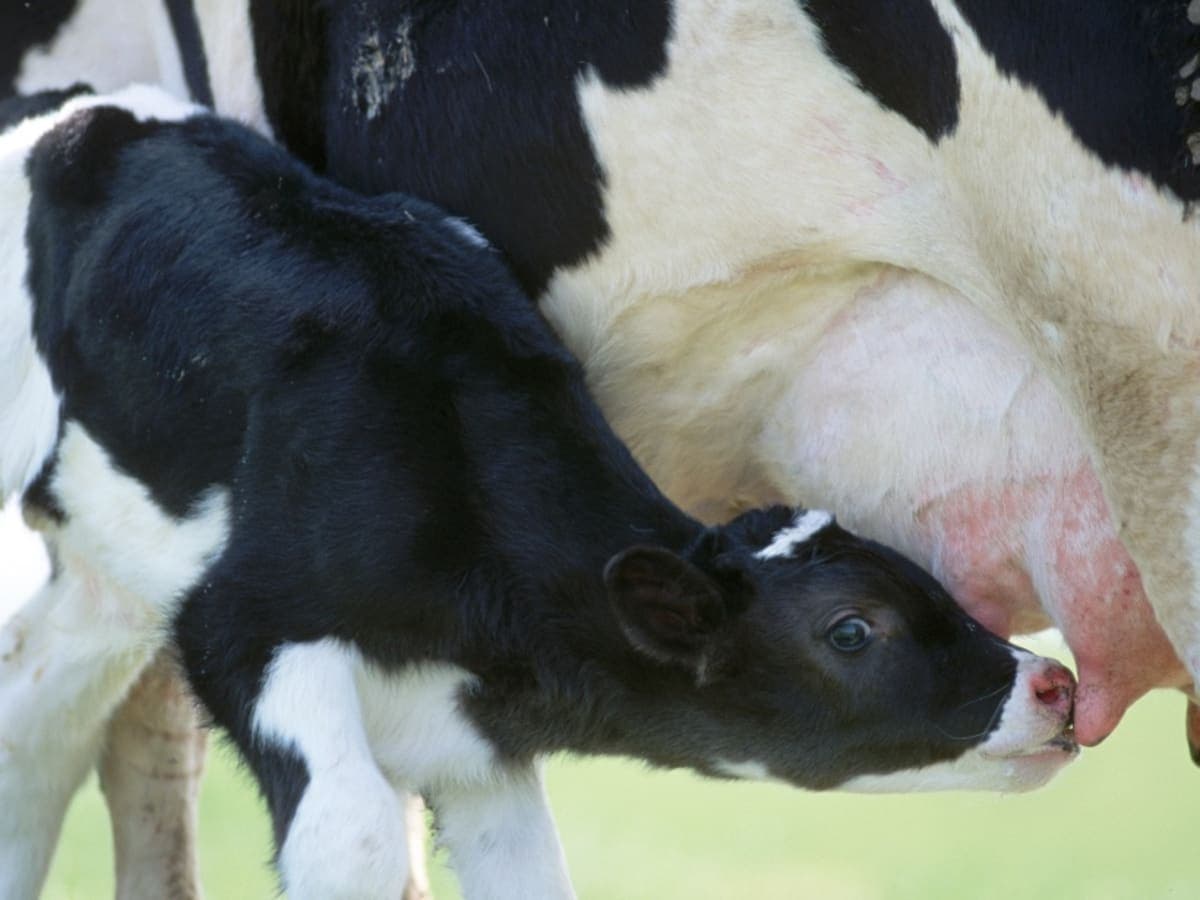In the intricate study of ovine pregnancy, placentomes exhibit varying shapes that potentially influence their functionality in terms of vascularity and nutrient transportation. This research delves into the distinctions among placentome forms, focusing on cellular and vascular characteristics, the expression of angiogenic factors, and arterial responsiveness to specific stimuli.
The analysis encompasses placentomes from ewes at 130 days of gestation, evaluating aspects such as size, cellularity, angiogenic factor expression, and vasoreactivity to pharmacological agents. Notably, the study unveils that while placentome morphology does not directly impact most of these parameters, placentome size presents a notable correlation with enhanced vascular reactivity, underscoring its potential significance in fetal nutrition and growth.
Research Objectives
The primary aim of this study was to explore the relationship between placentome morphology and its implications for vascularity, cellularity, and nutrient transfer efficiency in late-stage pregnant sheep. By classifying placentomes into distinct morphological types and analyzing their structural and functional attributes, we sought to elucidate the potential impact of placentome form on placental and fetal development.
Methodology Overview
The study involved a comprehensive examination of placentomes collected from multiparous ewes, focusing on morphological classification, measurement of size and weight, and analysis of cellularity, angiogenic factor expression, and capillary vascularity. Additionally, the research assessed placentome vasoreactivity in response to potassium chloride and angiotensin II, providing insights into the functional dynamics of these crucial structures in the context of maternal-fetal nutrient exchange.
Findings on Placentome Variability
Our findings indicate a marked variability in placentome size and weight among the different morphological types, with Type C and D placentomes generally larger than Type A and B. However, placentome morphology did not significantly influence cellularity estimates or the expression of key angiogenic factors, suggesting that structural differences do not inherently affect the potential for nutrient transport and fetal support.
Insights into Placentome Vascularity and Function
The study’s analysis of vascularity and vasoreactivity revealed that placentome size, rather than morphology, correlates with greater arterial contractility to vasoactive stimuli. This suggests that larger placentomes may have enhanced capacity for regulating blood flow, potentially impacting the efficiency of maternal-fetal nutrient exchange and overall placental function.
Implications for Fetal Development
The research underscores the importance of considering placentome size as a more significant factor than morphology in understanding placental support for fetal development. These insights could have profound implications for predicting and enhancing fetal health and growth outcomes in ruminant livestock management and veterinary care.
Placentome Morphology Impact
Investigations into placentome morphology and its potential effects on vascularity and nutrient transport capacity reveal nuanced insights into fetal development dynamics in sheep. Distinctions among placentome types, ranging from concave to convex formations, provide a foundational understanding of how physical structure may influence biological function. Despite initial hypotheses suggesting that morphological variations could significantly impact vascularity and, consequently, the efficiency of nutrient transport, our research findings indicate a more complex relationship.
Detailed analyses of placentomes extracted on Day 130 of gestation from multiparous ewes did not demonstrate a direct correlation between the morphological type and critical factors such as cellularity estimates or the expression of angiogenic factors. This observation suggests that while placentome morphology varies visibly, these structural differences do not inherently dictate the placenta’s capacity for supporting fetal growth through nutrient transfer and vascular functionality. Such insights challenge existing assumptions within veterinary and reproductive sciences, prompting a reevaluation of how placentome morphology is interpreted in the context of fetal development and maternal support.
Vasoreactivity and Nutrient Transfer
Further exploring the functional implications of placentome size over morphology, our study delved into vasoreactivity to pharmacological agents, shedding light on the physiological mechanisms underpinning nutrient transfer in late-stage pregnant sheep.
- The research revealed that placentome size significantly correlates with arterial contractility in response to potassium chloride and angiotensin II, highlighting a pivotal aspect of placental functionality that transcends mere structural considerations;
- Larger placentomes exhibited a pronounced vasoreactive response, suggesting an enhanced capability to modulate blood flow and, by extension, nutrient and oxygen delivery to the developing fetus.
These findings underscore the critical role of placentome size in facilitating efficient maternal-fetal exchanges, which are essential for optimal fetal growth and development. The study’s outcomes not only augment our understanding of placental biology but also underscore the importance of considering functional dynamics, such as vasoreactivity, in assessing the efficacy of placentome-mediated support during pregnancy. This paradigm shift towards recognizing the significance of size and functional capacity offers new avenues for research and clinical practice aimed at improving reproductive outcomes in ruminant livestock.
Conclusion
This study contributes valuable knowledge to the field of reproductive biology, highlighting the complex interplay between placentome structure and function in sheep. While morphological differences do not directly impact vascularity and nutrient transfer capabilities, the size of placentomes plays a crucial role in their functional dynamics, offering new perspectives on optimizing fetal development through placental health.



